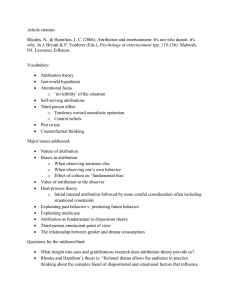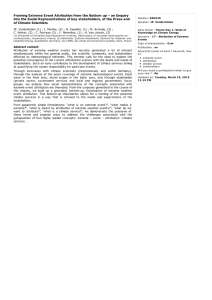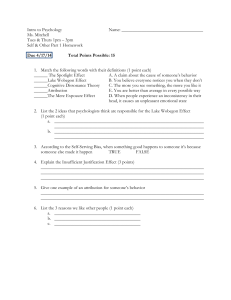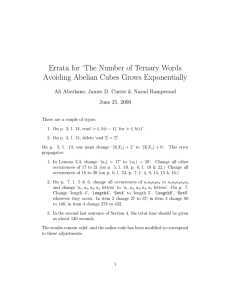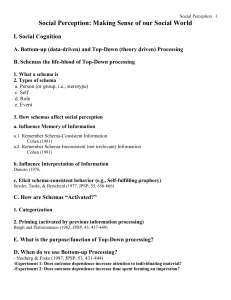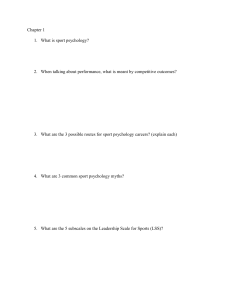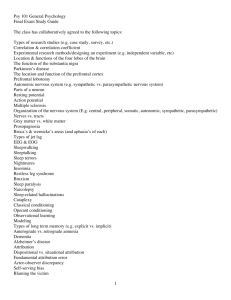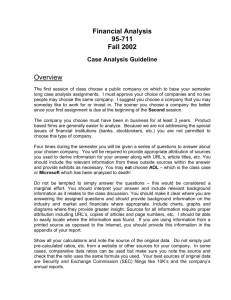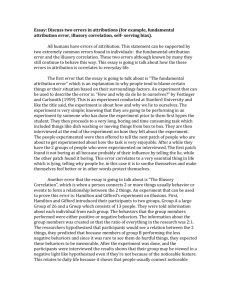Physics of Extreme Climate Events: Illustration Via Attribution of Two
advertisement
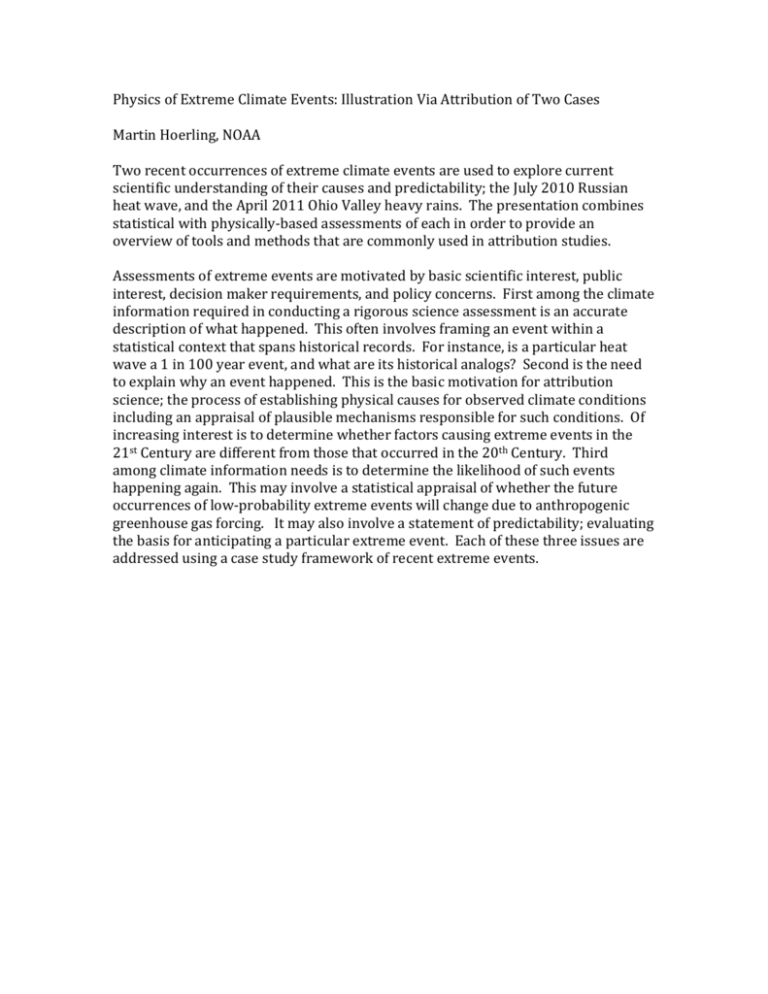
Physics of Extreme Climate Events: Illustration Via Attribution of Two Cases Martin Hoerling, NOAA Two recent occurrences of extreme climate events are used to explore current scientific understanding of their causes and predictability; the July 2010 Russian heat wave, and the April 2011 Ohio Valley heavy rains. The presentation combines statistical with physically-based assessments of each in order to provide an overview of tools and methods that are commonly used in attribution studies. Assessments of extreme events are motivated by basic scientific interest, public interest, decision maker requirements, and policy concerns. First among the climate information required in conducting a rigorous science assessment is an accurate description of what happened. This often involves framing an event within a statistical context that spans historical records. For instance, is a particular heat wave a 1 in 100 year event, and what are its historical analogs? Second is the need to explain why an event happened. This is the basic motivation for attribution science; the process of establishing physical causes for observed climate conditions including an appraisal of plausible mechanisms responsible for such conditions. Of increasing interest is to determine whether factors causing extreme events in the 21st Century are different from those that occurred in the 20th Century. Third among climate information needs is to determine the likelihood of such events happening again. This may involve a statistical appraisal of whether the future occurrences of low-probability extreme events will change due to anthropogenic greenhouse gas forcing. It may also involve a statement of predictability; evaluating the basis for anticipating a particular extreme event. Each of these three issues are addressed using a case study framework of recent extreme events.





